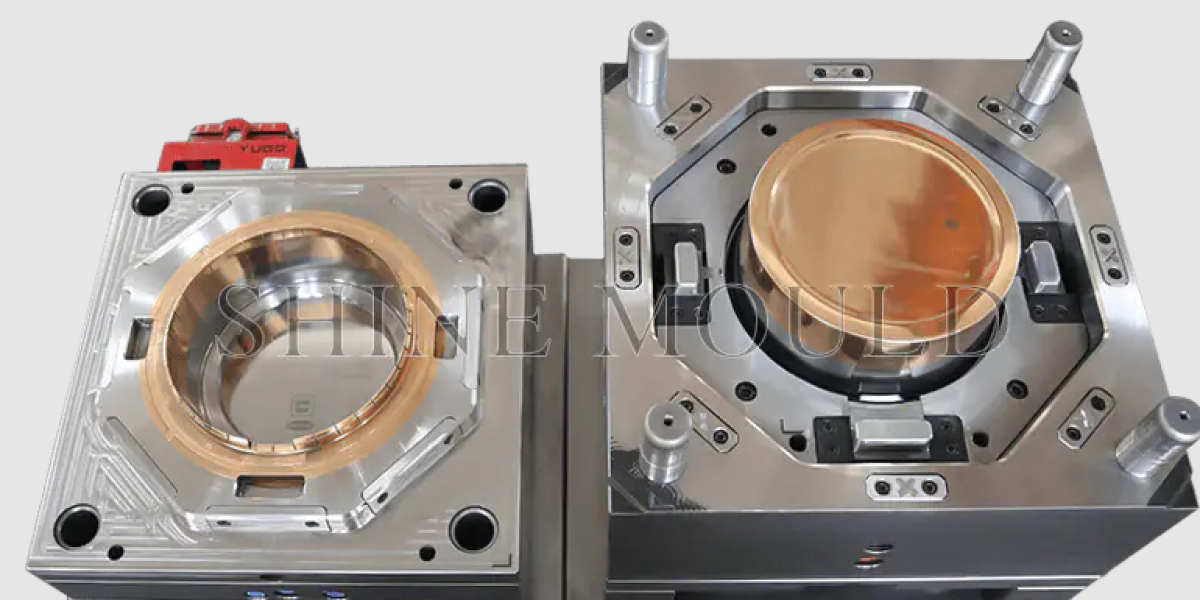Between 2024 and 2030, the global Bucket Mould segment is projected to grow at a CAGR of 5.8 %, driven less by dramatic breakthroughs than by steady refinements in material science, design software, and end-user expectations. Three converging trends illustrate how the industry is evolving.
Lightweighting remains the headline mover. Rising resin costs and freight surcharges push moulders to shave grams without sacrificing stiffness. New cavity simulations allow engineers to reduce wall thickness by 0.1 mm in non-load zones, cutting material usage by 6–8 %. The same analysis predicts sink marks before the first shot, shortening trial cycles from weeks to days.
Recycled resin adoption is accelerating. Post-consumer HDPE pellets, once considered too variable, are now blended at 30 % ratios thanks to inline melt-filters that remove contaminants during injection. Mould builders respond with wider gates and polished runners to accommodate lower flow indices, ensuring the Bucket Mould fills evenly despite the recycled content. Carbon-footprint labels on finished pails appeal to retailers targeting eco-conscious shoppers.
Digital twin technology is quietly reshaping maintenance. Sensors embedded in cavity walls stream temperature and pressure data to cloud dashboards. When a trend line drifts, algorithms recommend cooling-channel descaling or heater replacement before dimensional tolerance is lost. Early adopters report a 12 % drop in unplanned downtime, giving smaller moulders a cost-effective path to predictive maintenance.
Sales channels are also shifting. E-commerce platforms now offer AR previews that let buyers rotate a 3-D Bucket Mould model, checking handle clearance against their existing robot gripper. This feedback loop compresses the design revision cycle, allowing regional factories to serve niche orders without large minimum quantities.
Overall, the Bucket Mould market is moving toward lighter parts, greener resin, and smarter tooling—steady improvements that align cost control with environmental goals without dramatic disruption to a proven geometry.
Procurar
Populares








